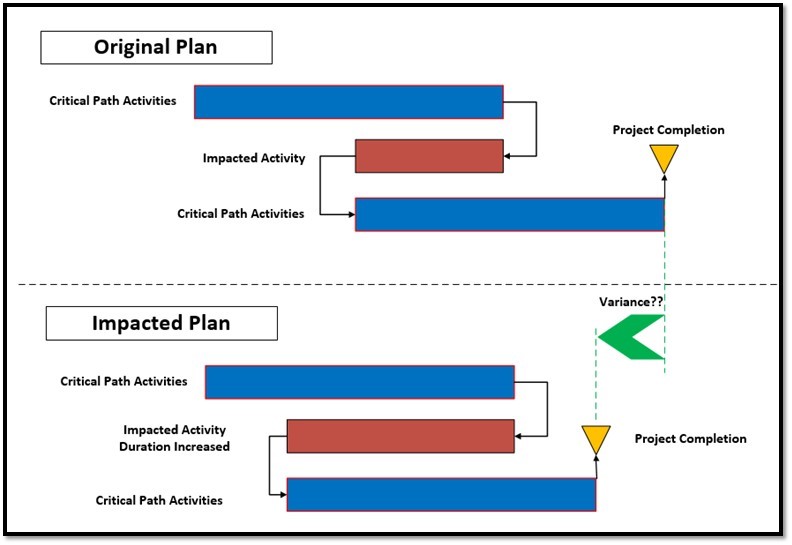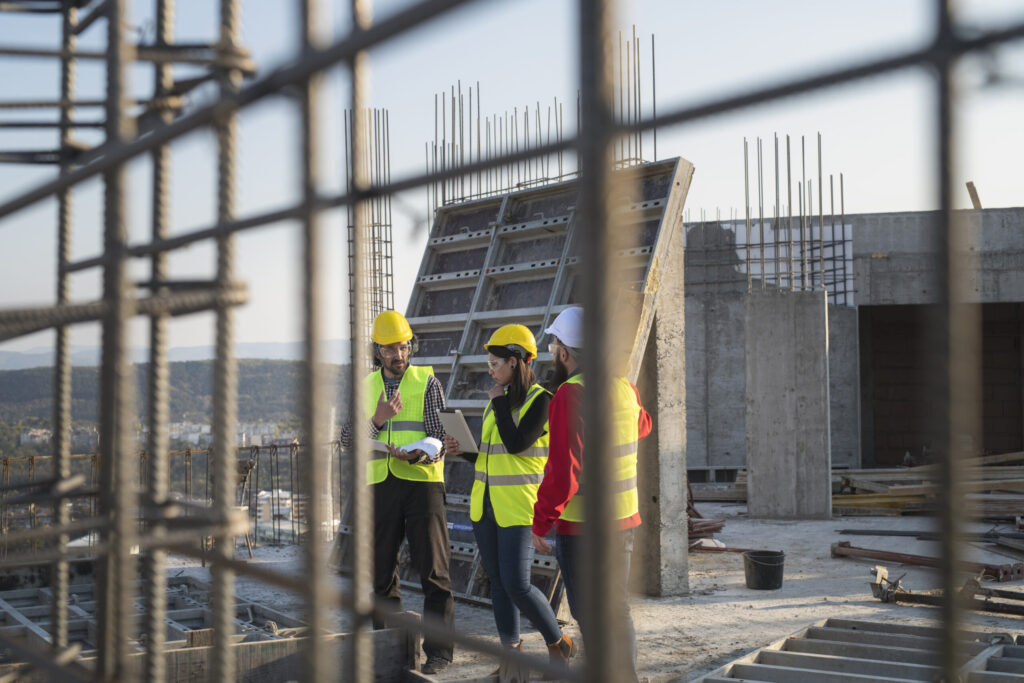By TBH’s international Claims team: David Reid (AUS) and Aytug Ozkan (UAE)
In our previous article Four-point Plan for Time and Cost Recovery we considered some simple but effective guidelines, which if introduced, would be invaluable in successfully establishing a position in regard to progress, amounts due and any delay or disruption.
These were:
- Establish where your project is up to now
- Establish and record the impact of doing nothing
- Identify and record the cost and Impact of recovery measures
- Ongoing record-keeping
This article will take a closer look at the first point from the Four-point Plan for Time and Cost Recovery, Establish where your project is up to now.
Specifically, we will be reviewing the methods for updating and re-scheduling a programme correctly as the basis for submitting a claim and why this is important.
Given the unprecedented nature and scale of the challenges the construction industry faces as a result of COVID-19, establishing the progress of the works at a fixed point in time is more important than ever.
Therefore, maintaining comprehensive records and an accurately updated programme will ensure that you have the necessary evidence to support or defend your entitlement to time and money. This concept is essential on any construction or engineering project, and remains true, no matter the form of contract being used, or whether you’re in Sydney, Hong Kong or Dubai.
The use of poorly statused programmes regularly inhibits meaningful delay analysis, leading to misleading or inaccurate results. By way of example we received a program from a Contractor who was trying to substantiate their entitlement to a claim. Their claim hinged around a critical activity taking twice as long as originally planned due to a change in design as instructed by their client.
When the Contractor increased the duration of the “Impacted Activity” they found that due to a sequence of “Finish to Finish” and then “Start to Start” Logic, the Forecast Completion date actually moved forward. i.e. Despite being delayed due to the variation, the program indicated they would finish earlier as a result. This is shown below.

Only by understanding the progress of the works and the intended construction methodology, is it possible to then establish how external influences may have impacted the intended timing and sequence of works at the time.
These ideas highlight two of the key components in the update and statusing of any programme of works in support of a claim. These are:
- Where are we now? and
- How do we plan to further progress the works?
TBH recommends the following tips for accurately updating a programme prior to the commencement of a delay analysis:
- The programme must include all Contract requirements and accurate timelines;
- Accurate as-built dates should be recorded in the programme, if not for all activities then for critical and near-critical path activities at a minimum;
- An accurate status and forecasting of off-site deliverables must be established and recorded;
- The critical path and the near critical paths of the updated programme should be sound and it should demonstrate a logical path to the forecast date of completion;
- A programme critical path should be free from artificial lags and constraints which may inhibit the delay analysis results;
- The remaining Scope of Work is completely covered in the updated programme.
The planned construction methodology and sequence at the time of the status should be updated so that the programme is an accurate representation of how the Contractor intends to execute the works, to ensure that:
- Flaws in in the Baseline Programme that may not have been apparent at the time of submission are amended appropriately;
- Input reasonable estimate of instructed additional work into the programme as they occur;
- Forecast dates for the works, and therefore the required dates for client deliverables, design, procurement and other offsite deliverables are also accurate;
- Sufficient detail is included in the programme to assess the impact of any delays on the specific activities they are likely to impact; and
- Any changes to the programme must be clearly documented and ideally agreed with the Client to justify the use of the updated programmes for the purpose of delay analysis.
It is common in the construction industry to find that the above points are not adhered to which, in our experience, regularly inhibits meaningful delay analysis, leading to misleading or inaccurate results. This in turn delays the timely resolution of the dispute leading to an increase in costs and man hours required to come to agreement.

